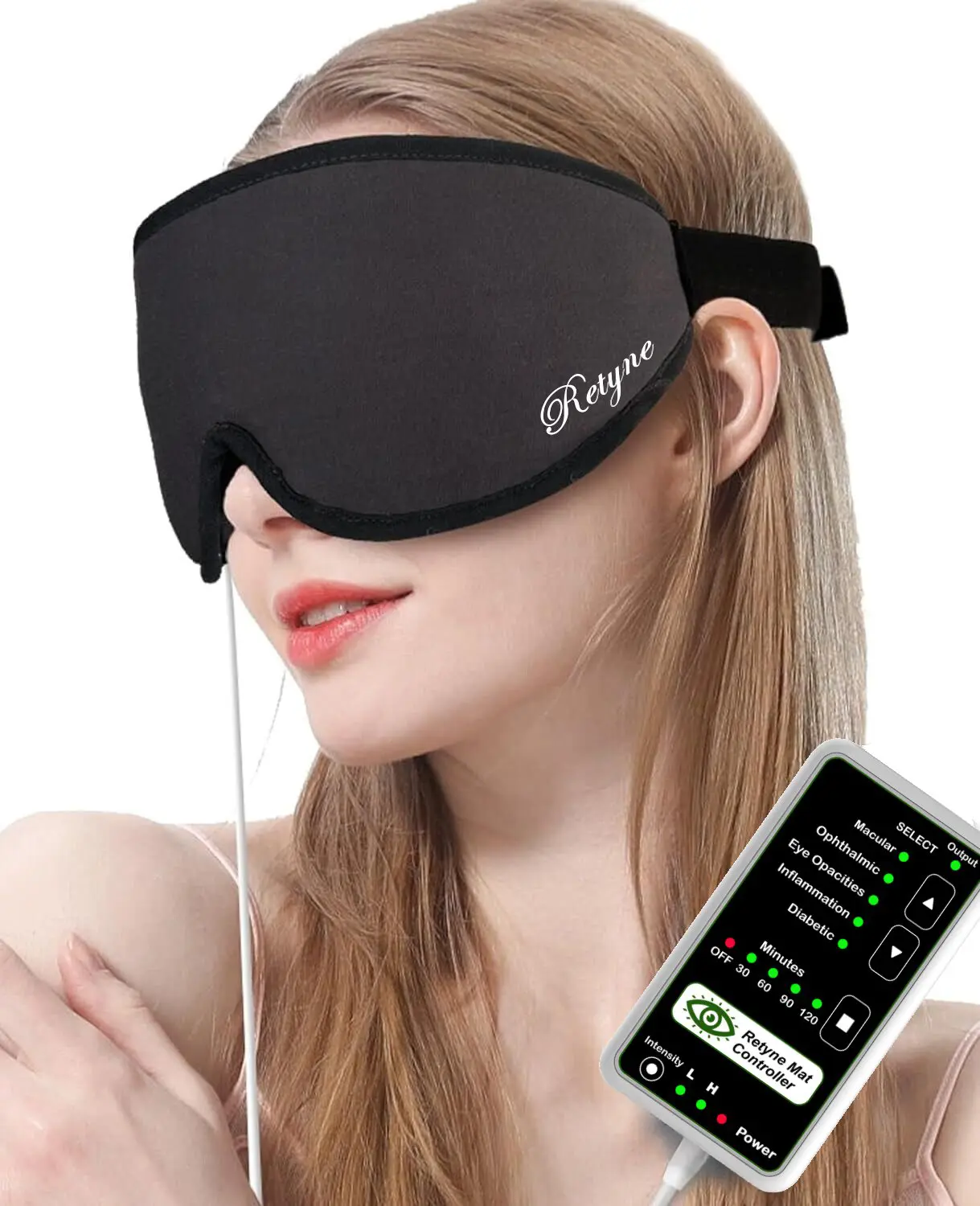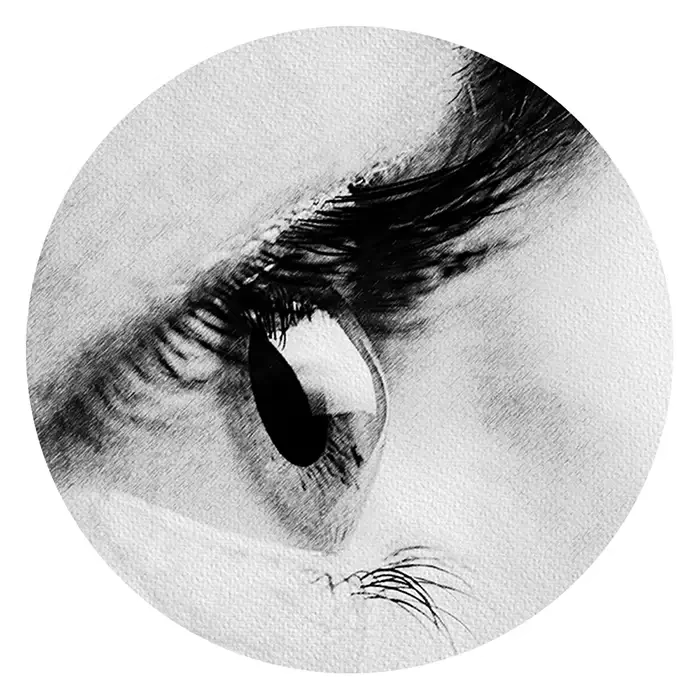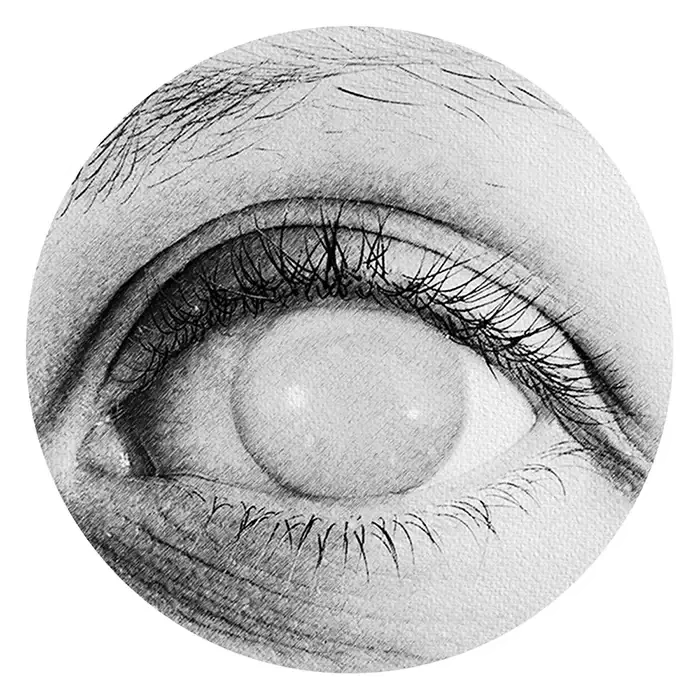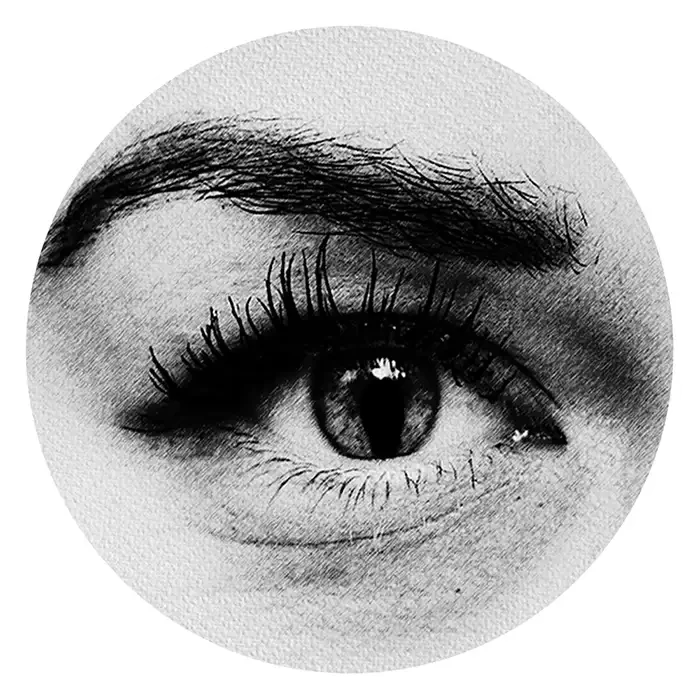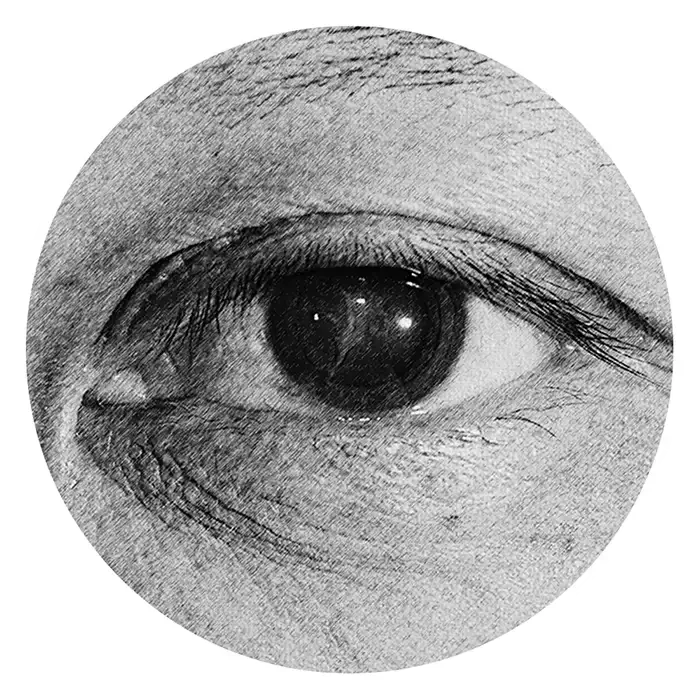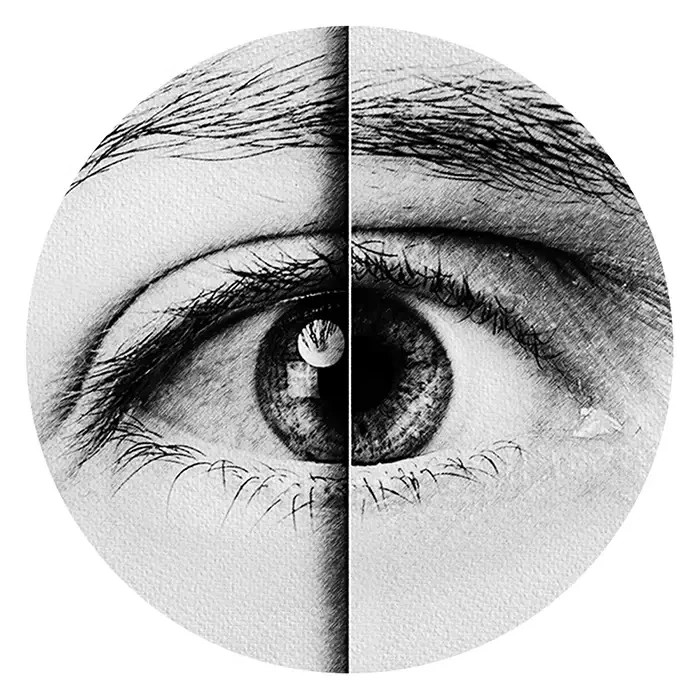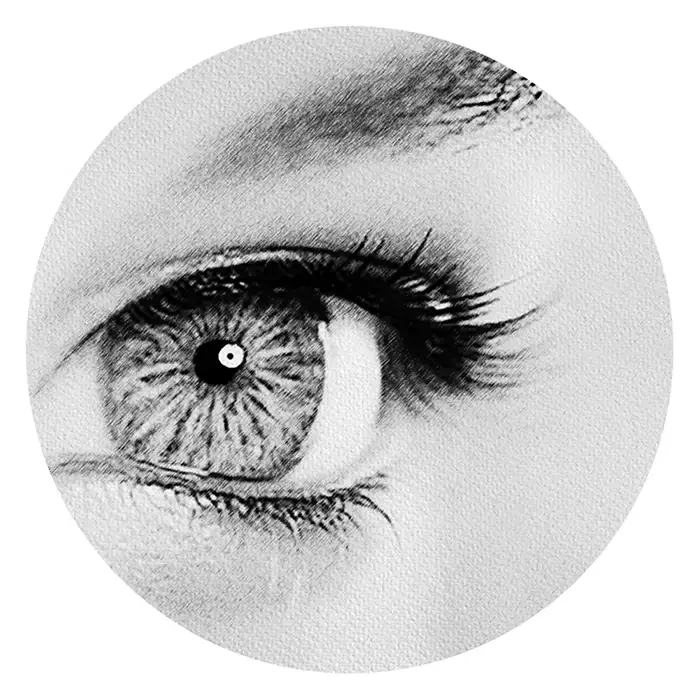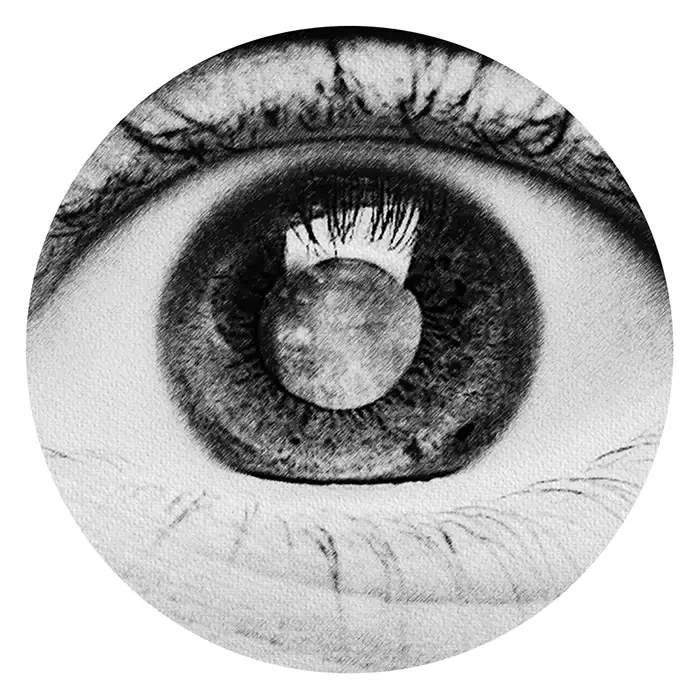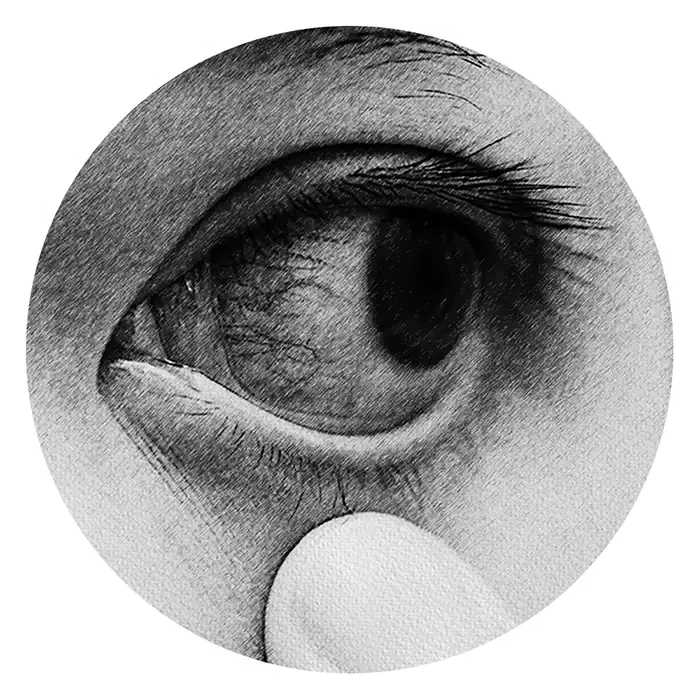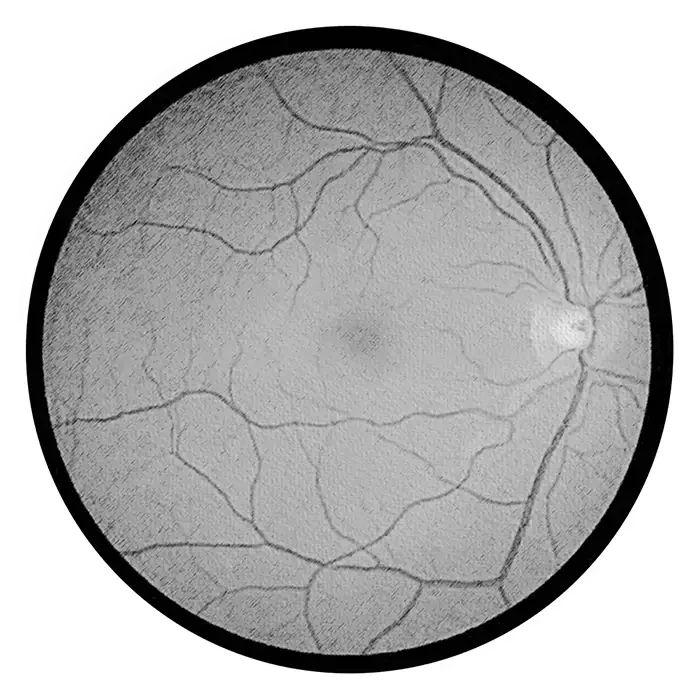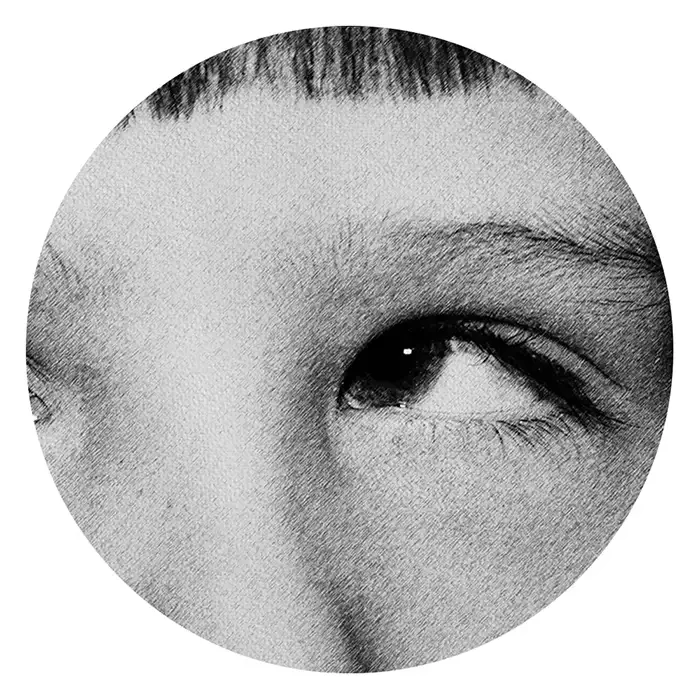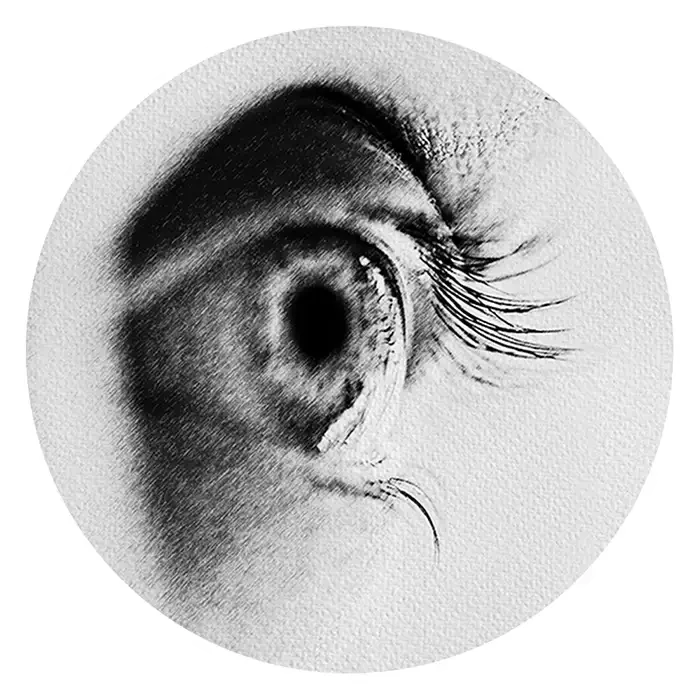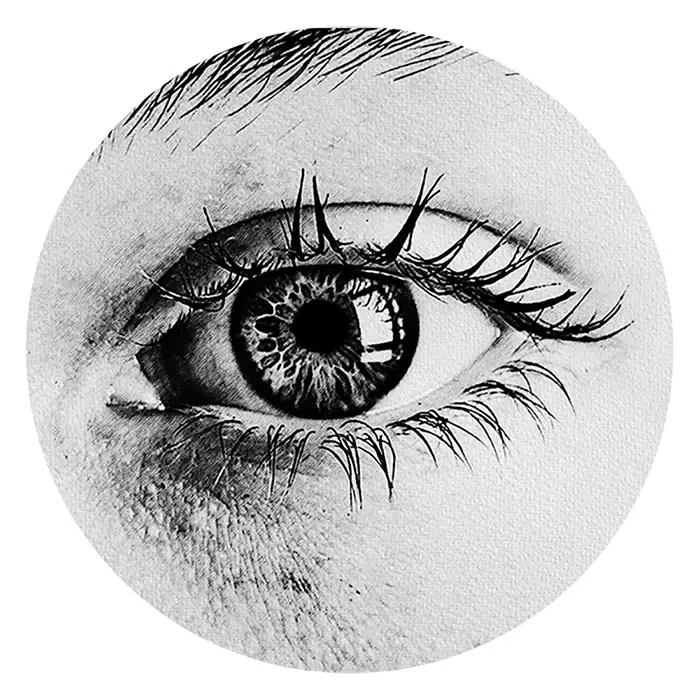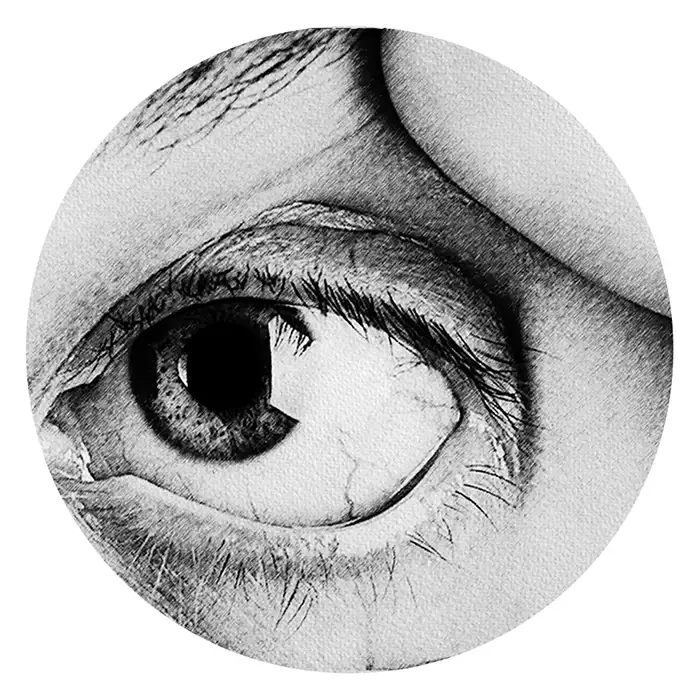
Introducing the Retyne Infrared Eye Treatment Mask: A Comprehensive Solution for Blepharospasm Care
Blepharospasm, also known as benign essential blepharospasm, encompasses involuntary blinking or other uncontrollable movements of the eyelids. While eyelid twitching is common and often transient, individuals with benign essential blepharospasm may experience severe and chronic manifestations, significantly impacting daily activities. Amidst the challenges posed by this condition, the Retyne Infrared Eye Treatment Mask emerges as a potential therapeutic intervention, offering relief and support for those affected by blepharospasm.
Symptoms of blepharospasm typically begin with sporadic eyelid twitches, gradually escalating in frequency and intensity over time. In severe cases, these involuntary movements can lead to complete closure of the eyes, impairing essential tasks such as reading or driving. Additionally, some individuals may experience facial twitches, further complicating the management of this condition.
It's important to note that while eyelid twitching can be indicative of blepharospasm, it can also stem from various factors such as stress, dry eye, caffeine consumption, or sleep deprivation. However, persistent or worsening eyelid twitching, especially accompanied by complete eye closure or facial muscle involvement, warrants evaluation by an eye doctor.

The underlying cause of blepharospasm lies in dysfunction within the brain regions responsible for controlling eyelid muscles. While familial predisposition and age are factors associated with the development of blepharospasm, the exact etiology remains unclear in most cases.
In the management of blepharospasm, the Retyne Infrared Eye Treatment Mask offers a multifaceted approach to symptom alleviation. By harnessing the therapeutic benefits of infrared technology, this innovative device targets the underlying neural mechanisms contributing to eyelid dysfunction. The gentle warmth emitted by the mask promotes relaxation and circulation around the eyes, potentially reducing the frequency and severity of involuntary movements.
In the management of blepharospasm, the Retyne Infrared Eye Treatment Mask offers a multifaceted approach to symptom alleviation. By harnessing the therapeutic benefits of infrared technology, this innovative device targets the underlying neural mechanisms contributing to eyelid dysfunction. The gentle warmth emitted by the mask promotes relaxation and circulation around the eyes, potentially reducing the frequency and severity of involuntary movements.
The Retyne eye treatment mask harnesses a general selection of frequencies (0.06, 0.5, 0.87, 12.85, 27.5, 141, 301.23, 453.02, 783.4, 825.03), meticulously tailored to target the symptoms associated with Blepharospasm. These frequencies are carefully chosen for their documented effectiveness in managing and treating this visual condition. Retyne's innovative approach involves the conversion of each frequency into invisible infrared light output, representing a groundbreaking fusion of frequencies with light—a pioneering technology pioneered by Retyne Labs.
Moreover, the Retyne Infrared Eye Treatment Mask can serve as a complementary therapy alongside conventional treatments for blepharospasm, offering individuals a holistic approach to symptom management. Whether used independently or in conjunction with other interventions, this advanced device holds promise for improving the quality of life for those affected by benign essential blepharospasm.
In conclusion, while blepharospasm poses challenges to ocular comfort and function, the integration of innovative solutions like the Retyne Infrared Eye Treatment Mask offers new avenues for comprehensive care. By combining traditional approaches with cutting-edge technologies, individuals can access a more holistic approach to managing blepharospasm, ultimately enhancing their well-being and comfort.
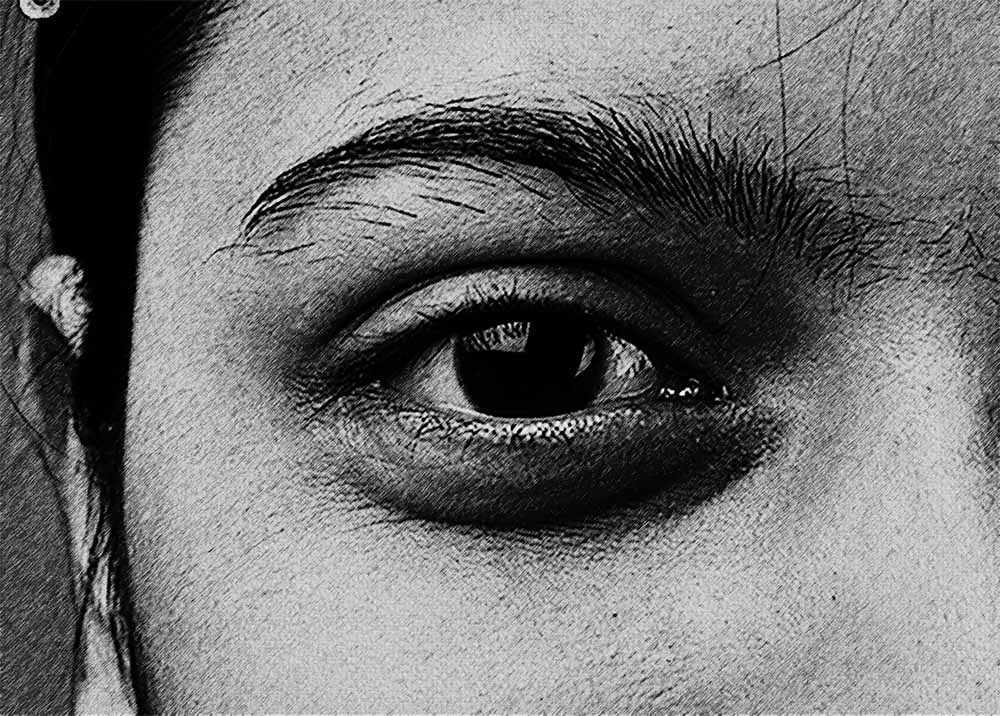
Blepharospasm general set group exists at program 1234 on the International ETDFL frequency list
359: Blepharospasm : 0.04, 0.24, 0.95, 1, 12.05, 7.25, 97.5, 229.32, 325.95, 532.41
Inspired by the seminal work of Dr. Rife, who identified healing properties in specific frequencies and utilized light for their transmission, Retyne's method capitalizes on current research on invisible infrared technology while building upon past studies on light transmission through frequency sources. The culmination of these efforts is the Retyne eye Treatment Mask, a convergence of state-of-the-art advancements in the field of visual care.
Furthermore, for individuals utilizing advanced hardware such as the RDPV4, a secondary set of specific frequencies for Blepharospasm (0.04, 0.24, 0.95, 1, 12.05, 7.25, 97.5, 229.32, 325.95, 532.41) is available at group number 359. The RDPV4 transmits an expanded range of frequencies, finely calibrated to provide even greater precision in addressing Blepharospasm. By incorporating this secondary set of frequencies, the RDPV4 enhances the potential therapeutic benefits of the Retyne eye Treatment Mask, catering to individuals seeking advanced solutions for their visual health needs.

Compatibility
Standalone controller (Program #4) (Controller shipped with Retyne Eye Treatment Mask)
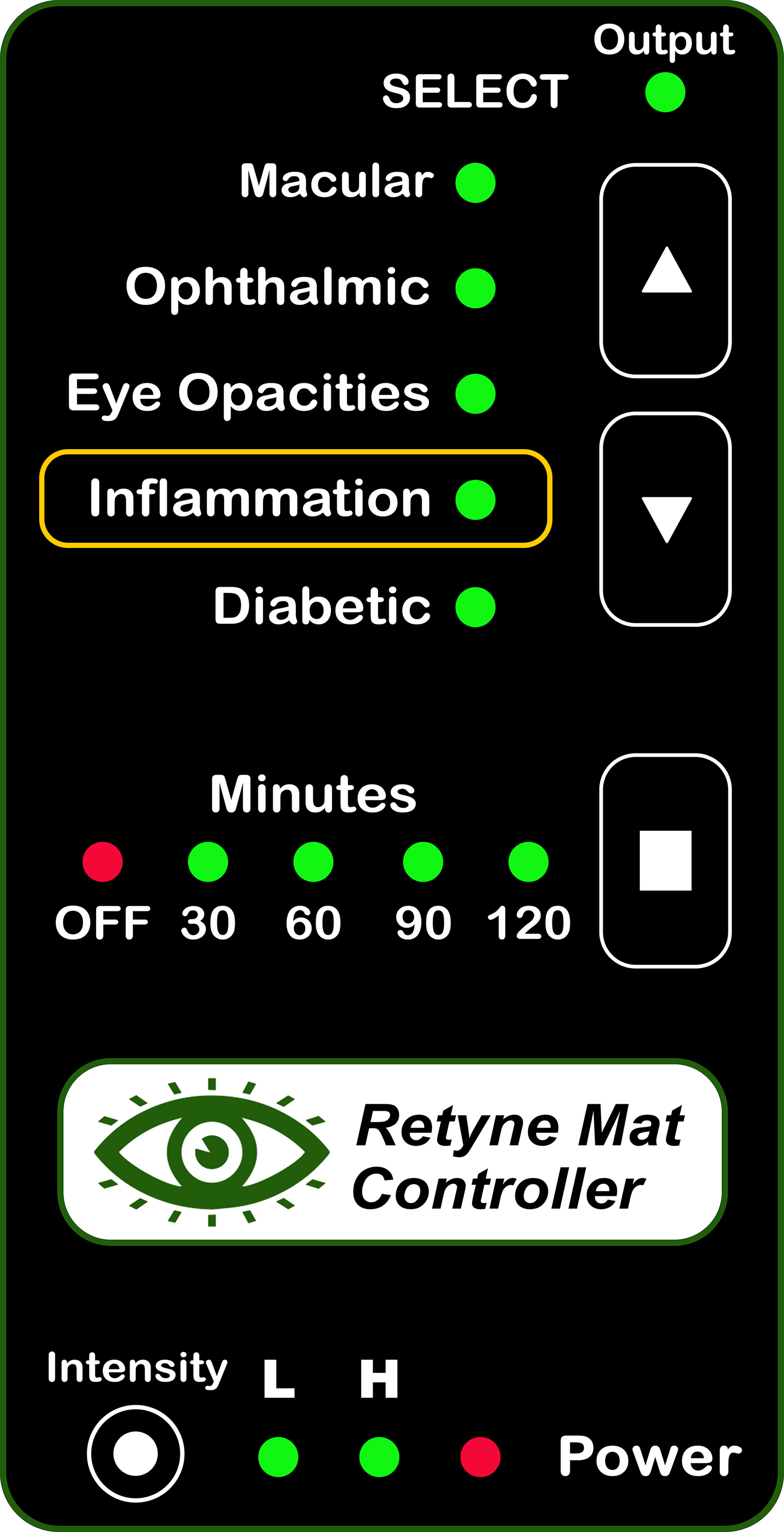
RDPV4 (Direct connect, use group 359)
RDPV4 Light Mask Program button 4
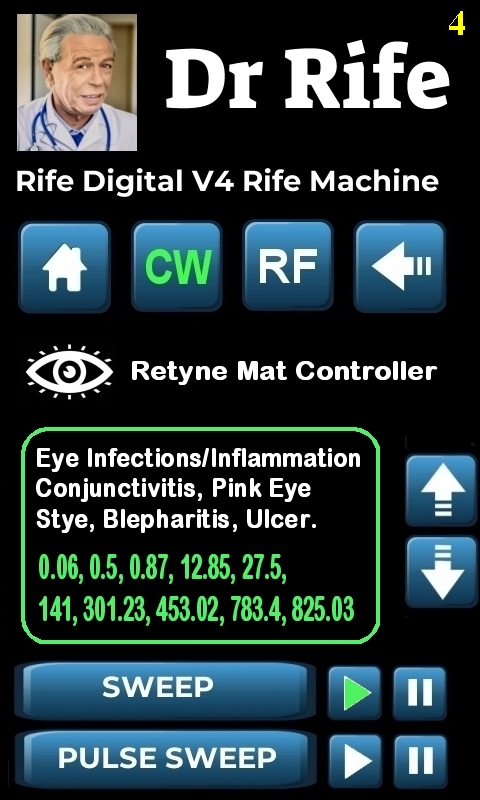
Click here for instructions on using the Retyne Mask + Controller
